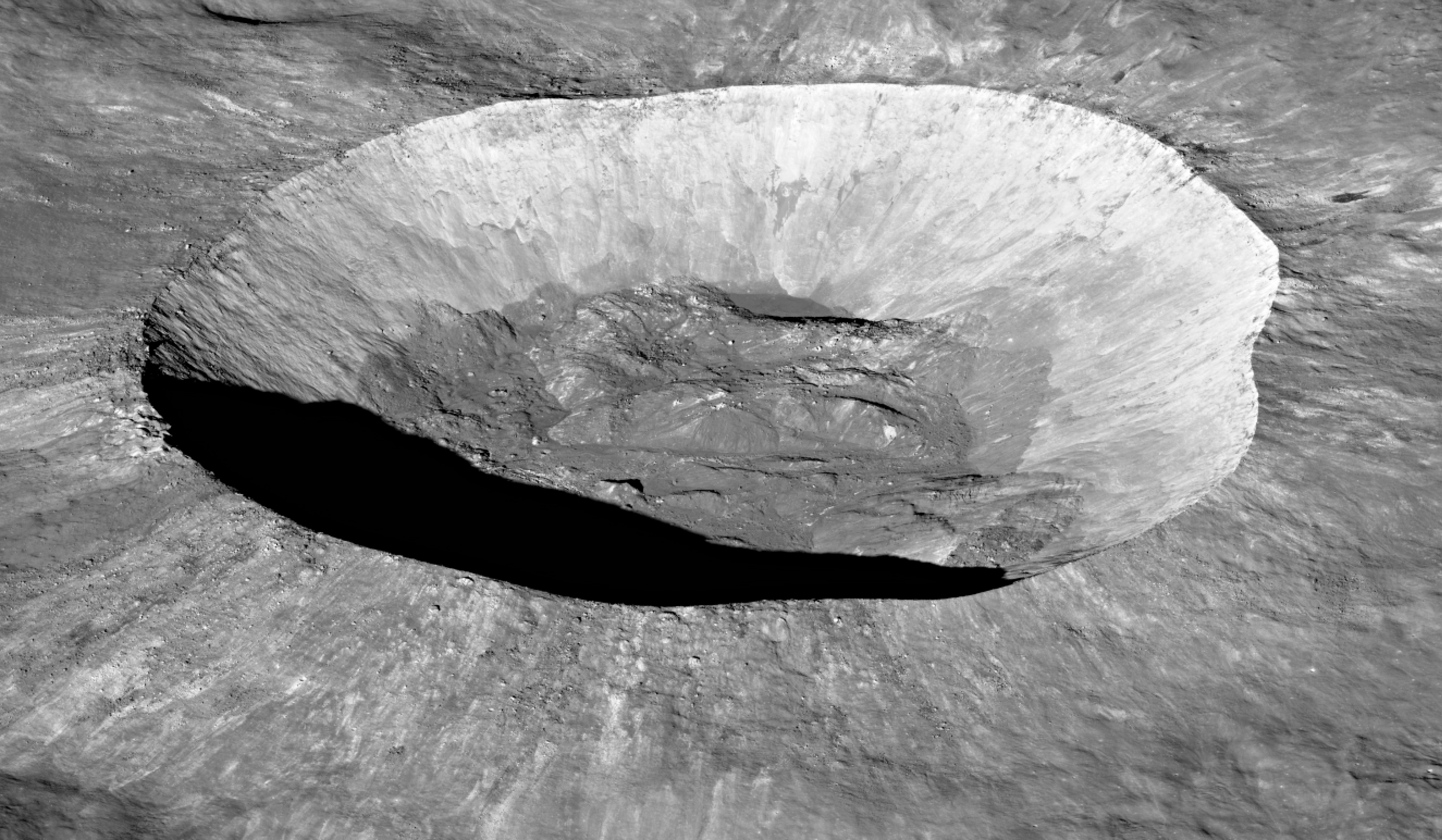
A dozen years ago, a future moon astronaut boldly went on his first geology expedition with a Canadian university.
Using a float plane, a canoe and their wits, Artemis 2 astronaut Jeremy Hansen and a team from Western University in Ontario explored a remote area in Saskatchewan they had only been seen before in satellite images. New peer-reviewed research now confirms their crater is among the rarest seen on Earth.
Saskatchewan's Gow Lake crater even has analogies with some moon divots, most closely with one named after Italian philosopher Giordano Bruno. Hansen may see this lunar far-side crater with his own eyes when he cruises around the moon in late 2024 on the Artemis 2 mission.
"That's the power of why you have to get into the field," study lead author Gordon Osinski, a planetary scientist at Western University who's often cited as Canada's top crater expert, told Space.com. "You have to do ground truth. You can't always rely on what you see in satellite images."
Related: Meet the 4 astronauts flying on NASA's Artemis 2 moon mission
NASA and other space agencies prize remote expedition skills when hiring astronauts. (Artemis 2 crew member Christina Koch, for example, worked as a research scientist in Antarctica.) All astronauts in training also take on wilderness trips, undersea expeditions or cave exploring to boost their skills for space.
Hansen was a young astronaut candidate in July 2011, when the Saskatchewan expedition took place. As he was not certified for spaceflight yet, he made no public comments at the time, the Canadian Space Agency (CSA) confirmed to Space.com. (Hansen was also unavailable for a fresh interview due to several days of policy discussions and events on Capitol Hill for Artemis 2.)
The fighter pilot, however, has spoken numerous times about how geology expeditions with Osinski and others helped prepare him mentally and scientifically for spaceflight — and to work in small teams. Artemis 2 will be Hansen's first spaceflight (as Canada's small spaceflight contributions allow for a seat on crewed missions just once every six years).
That said, Hansen is well-regarded for his space policy and management experience and has racked up plenty of remote time in the cockpit, underwater, in caves and especially in the wilderness.
"The reason I go on these geology expeditions is because, as an astronaut, we are preparing to do exploration on other planetary bodies and, of course, geology is going to be a big part of the science we do there," Hansen told MyKawartha.com, a media outlet based not far from London, Ontario, where Western University is based, in 2015.
Related: Artemis 2's Canadian astronaut got his moon mission seat with 'potato salad'
Excited 2B heading back to arctic on crater expedition tomorrow. Pristine beauty beckons me. @drcrater #Tunnunik pic.twitter.com/4yXWcVHr61July 5, 2015
The new Saskatchewan crater paper, published in the journal Meteoritics & Planetary Science on May 15, had a delayed submission date after the 2011 excursion due to more pressing research concerns and the pandemic, Osinski said. But the waiting time was worth it as lab instrumentation improved in the intervening 12 years, making the follow-up research easier to perform.
It's the first detailed study of Gow Lake, a crater that formed roughly 200 million years ago. The crater was initially examined briefly in the 1970s during a regional survey; geologists on site picked up some "weird rocks" not reflective of the local terrain and confirmed in the lab they were shaped by a stone-melting impact, Osinski said.
The Western geologist, who has investigated numerous craters around Canada for decades, set off on the journey alongside Hansen and two students "into the unknown," he said. "We jumped on a float plane and we did it by canoe as well, which was also a fun way to do a geology expedition. We landed on the islands, set up camp and then went out exploring."
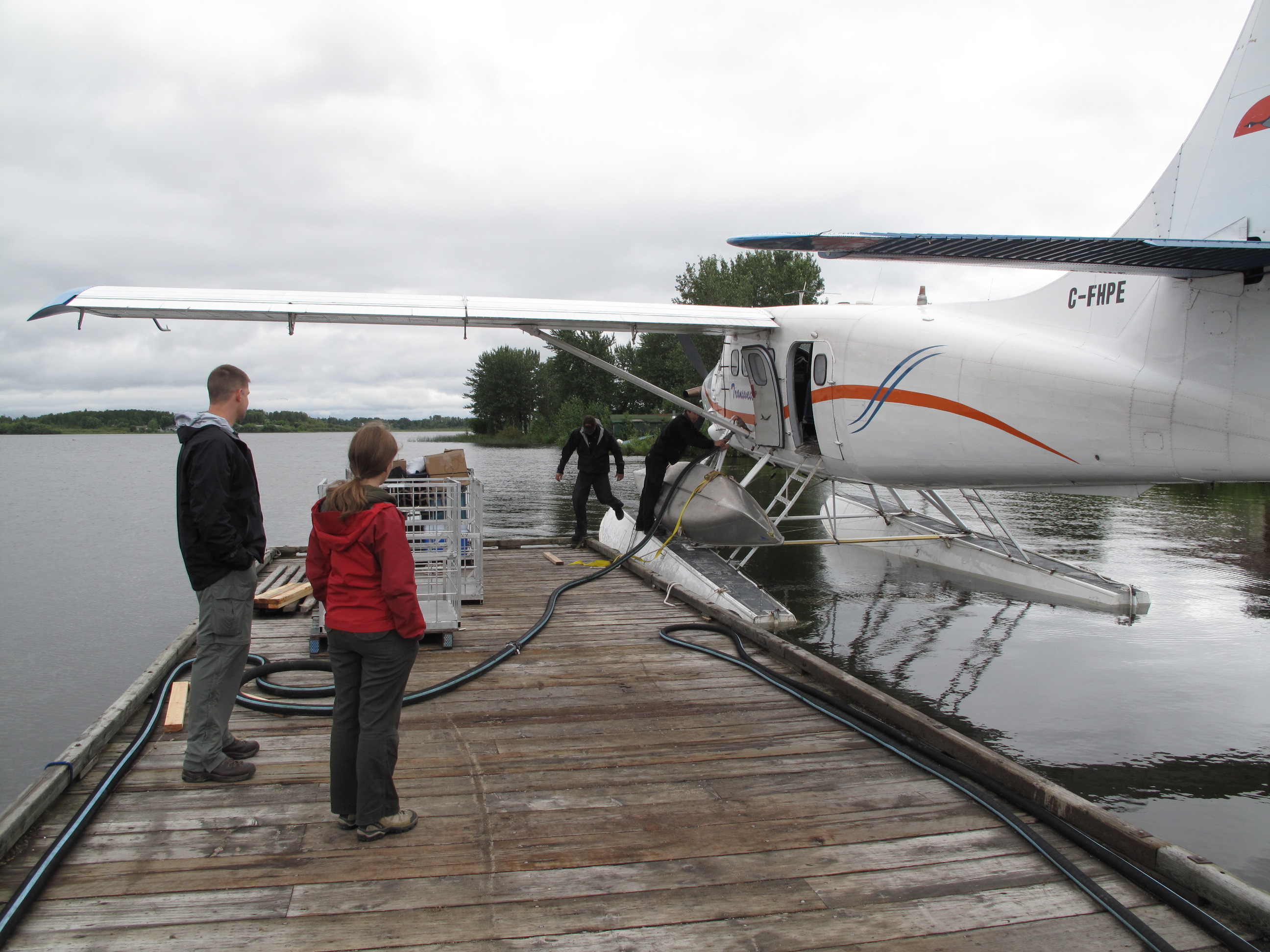
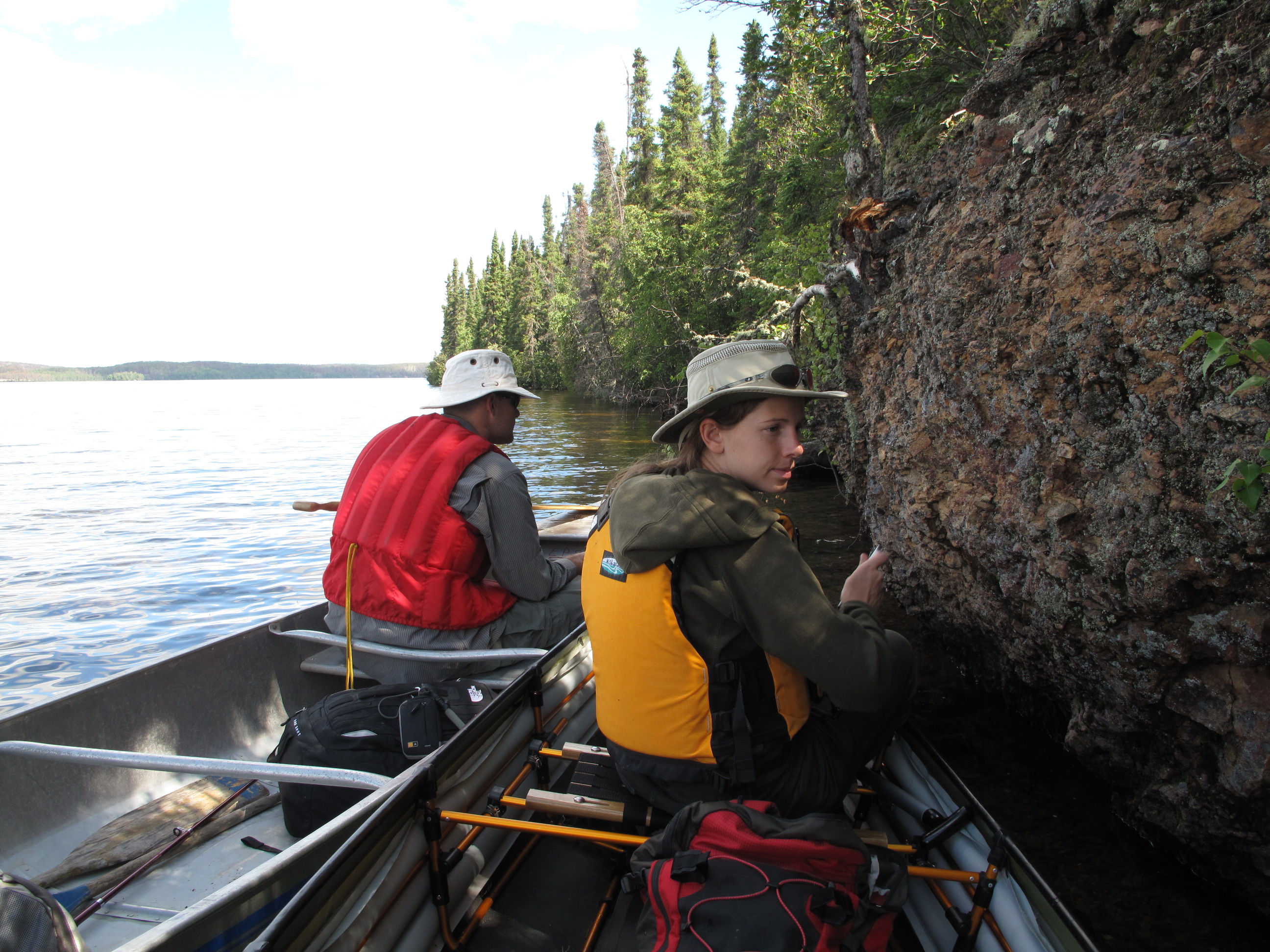
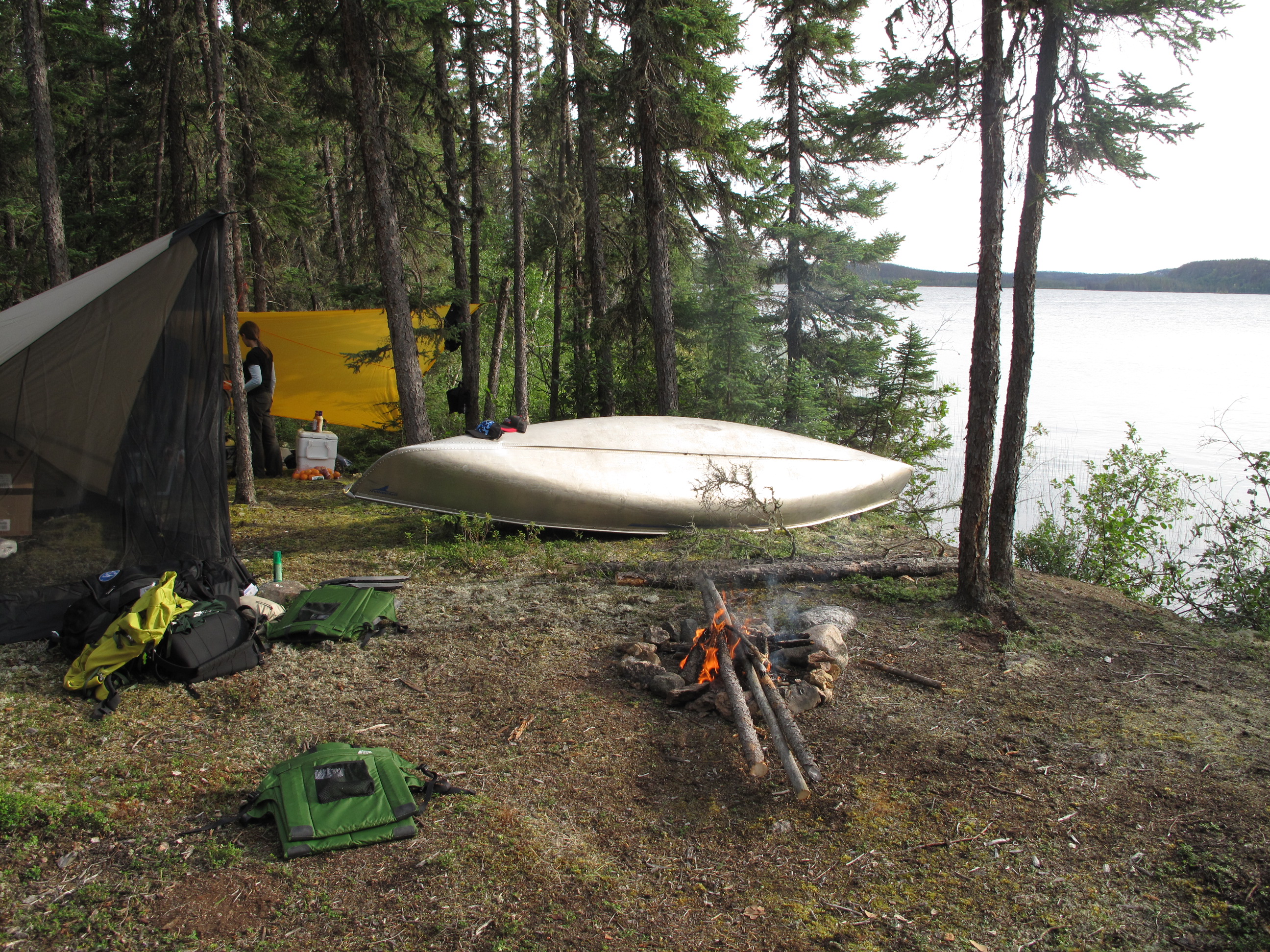
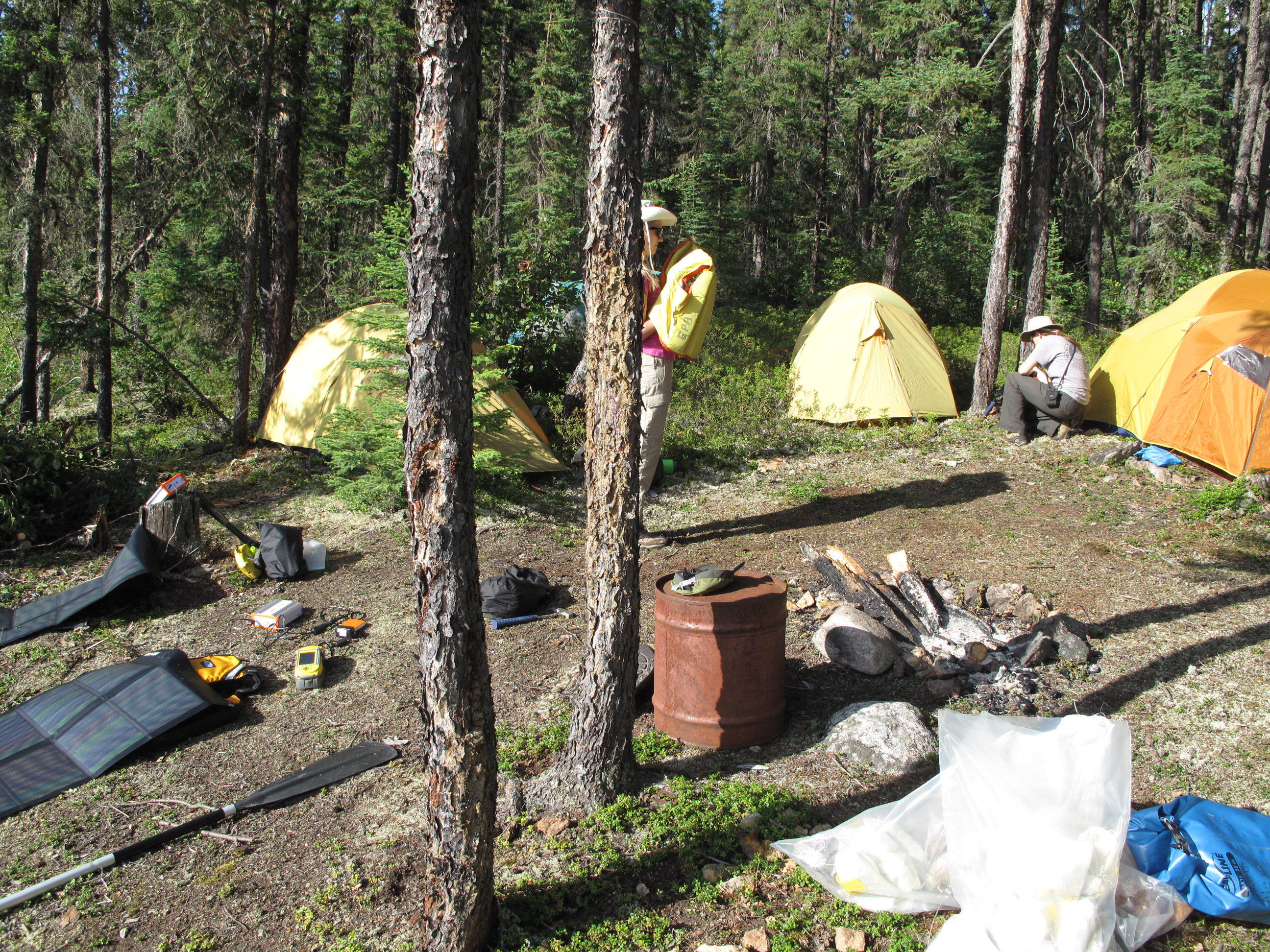
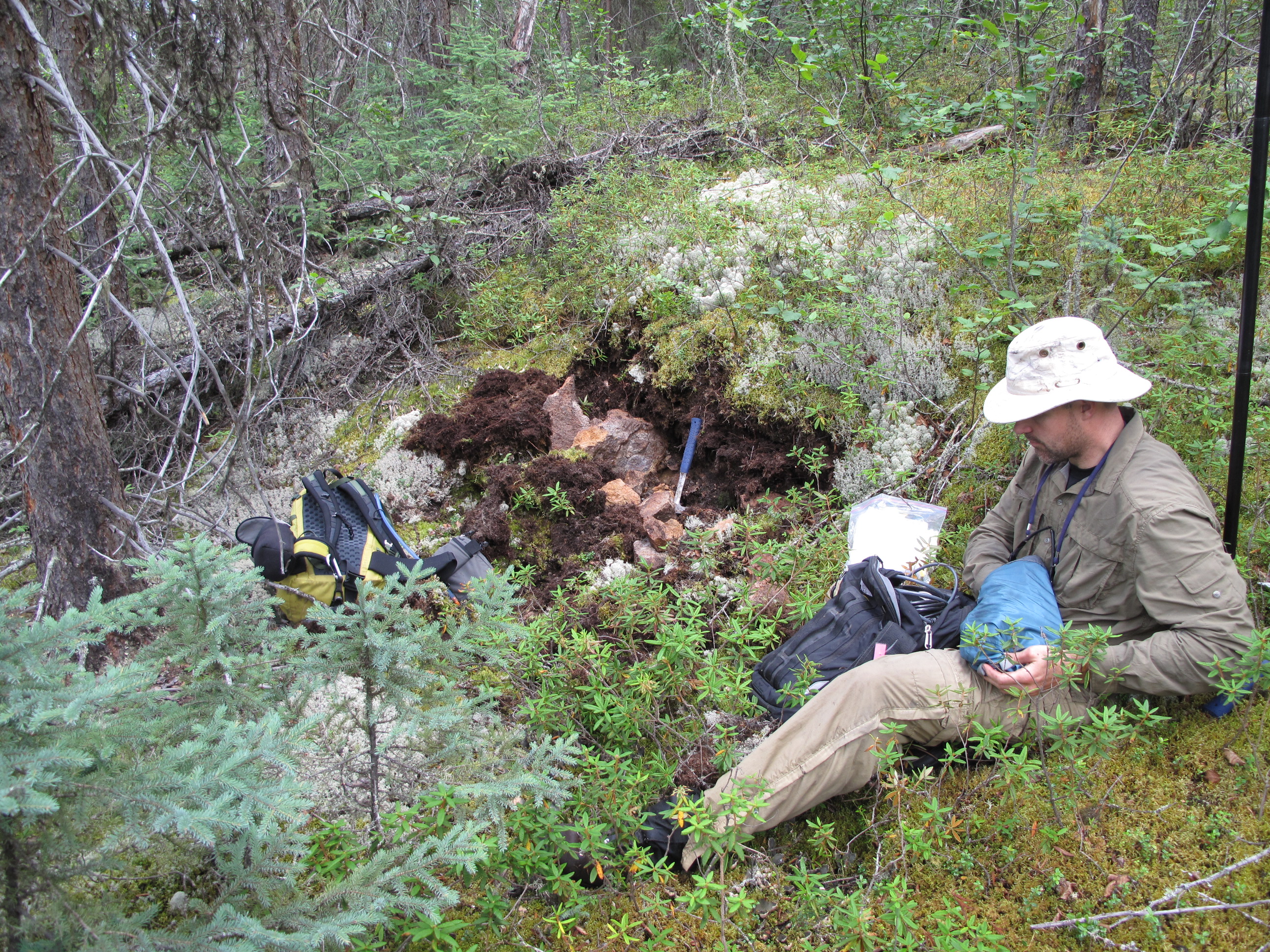
Osinski described Gow Lake as a lake with an island in the center. Coincidentally, the team landed in the area in 2011, just a couple of years after a major wildfire in the region burned the terrain, leaving a scarred landscape behind. But the undergrowth still was heavy, leading to a "bushwhacking geology expedition" in search of interesting rocks, he said.
"We were teaching Jeremy some tricks, such as a lot of (rock) outcrops being along the lakeshore. We did that by canoe, and then inland," Osinski added. "Some of the best outcrops were where big trees fell over, and the roots actually exposed the rocks underneath. We put together the geology map of the island and found a lot of really interesting rock types that I wasn't expecting, given how old this site was."
An example was impact melt rocks such as columnar joints, which form hexagonal cracks as basalt lava cools; those are found in locations like the famous Giant's Causeway in Ireland. Gow Lake had "several-meter thick rocks" with such joints, Osinski said, which he termed as "quite rare" around the world.
Pivoting briefly to the moon, similar impact events allow for dating because the intense heat resets the radiometric clock by which rocks are dated through natural decay. Gow Lake could provide a good analogy for craters near the moon's south pole, where NASA aims to land the Artemis 3 mission in 2025 and build one or more bases in the following years.
Related: Possible Artemis 3 moon landing site spied by NASA spacecraft (photos)
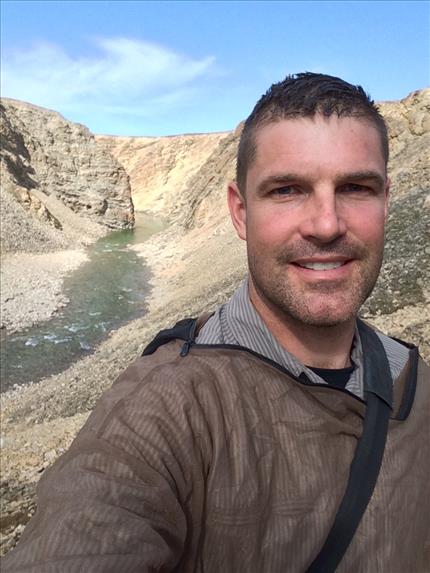
But the biggest find was the crater type. The satellite images had fooled geologists for 50 years. At first the wisdom was that Gow Lake was formed as a complex crater, a kind also seen on the moon. This type of crater results from larger impacts, when the central peak in the middle collapses.
"But it turns out that the island is actually made of these melt rocks and impact breccias, not actually material uplifted from depth," Osinski said.
What they instead saw was a transitional crater, which has only been found in one other spot on Earth: Goat Paddock in northwestern Australia. There may once have been more of these craters on Earth that have since been masked or erased by erosion, Osinski said.
Transitional craters, however, are common on the moon and may provide valuable information about how space rocks affect the local environment following a meteorite crash, Osinski said.
"Those kinds of rocks that are produced by meteorite impact, they will be completely littering the Artemis zone," he said, adding that it will be interesting to view them up close as opposed to other rocks produced by ancient volcanoes.
Related: Mystery of how the moon got its bull's-eye might be solved
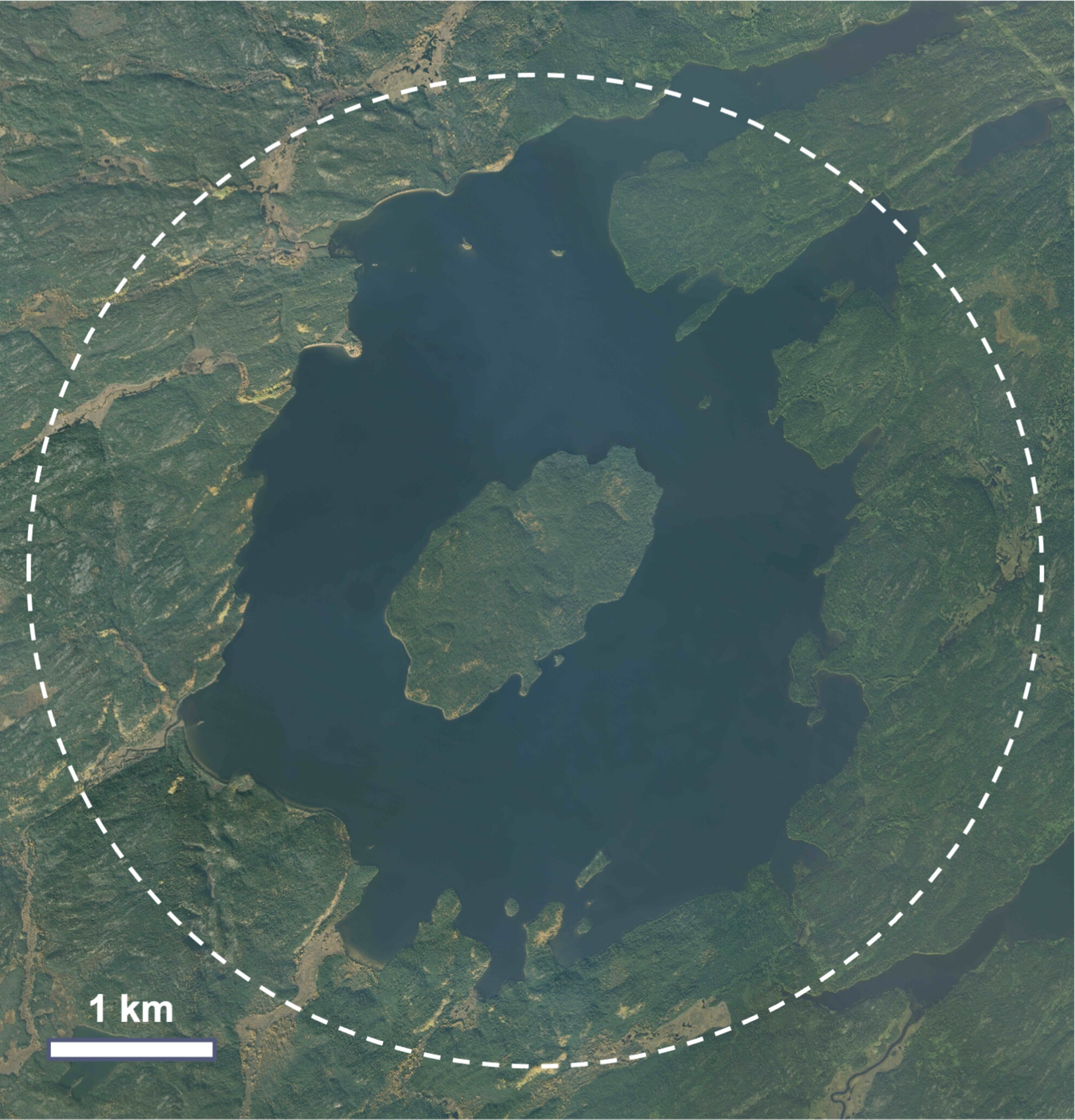
Hansen's excursion with Osinski was the first-ever by a CSA astronaut. Since then, he has racked up three more trips with the Western geologist. Two other CSA astronauts (David Saint-Jacques and Joshua Kutryk) have done one geology trip each with the Western team.
Osinski's work is now so well-regarded that he has given geology training to two recent NASA astronaut classes.
There were lessons learned from Saskatchewan that Osinski implemented for future CSA excursions, he noted, such as inviting astronauts to the lab afterward to "close the loop" and look at some of the collected samples. Hansen, he added, was a "very quick learner" and collected data alongside the rest of the team.
While the astronaut is not listed as a study author, Hansen is cited warmly in the acknowledgements "for his companionship in the field." The CSA is also thanked "for support for astronaut training activities."
Osinski will continue to bring his geology experience to lunar realms. He is the lead scientist on a Canadian lunar rover being developed by the company Canadensys Aerospace, which is expected to touch down on the surface in 2026. The rover is in Phase B to solidify the design, including initial concepts for the science instruments. Landing site selection is ongoing.
Osinski has also applied to be on the "back room" geology teams for Artemis 3, in response to a recent NASA solicitation that closed Feb. 26. Selectees will work closely with NASA Mission Control during lunar excursions, following a model pioneered during Apollo.
But whether he gets to the back room or not, Osinski said he is glad to work alongside Artemis astronauts as they get ready for lunar excursions.
"These 'training expeditions' are actually not training expeditions, but they really are expeditionary research expeditions," Osinski said of the geology work his teams perform with astronauts. "Real science comes out of it. I think that just makes it much more realistic — and valuable — an experience."







